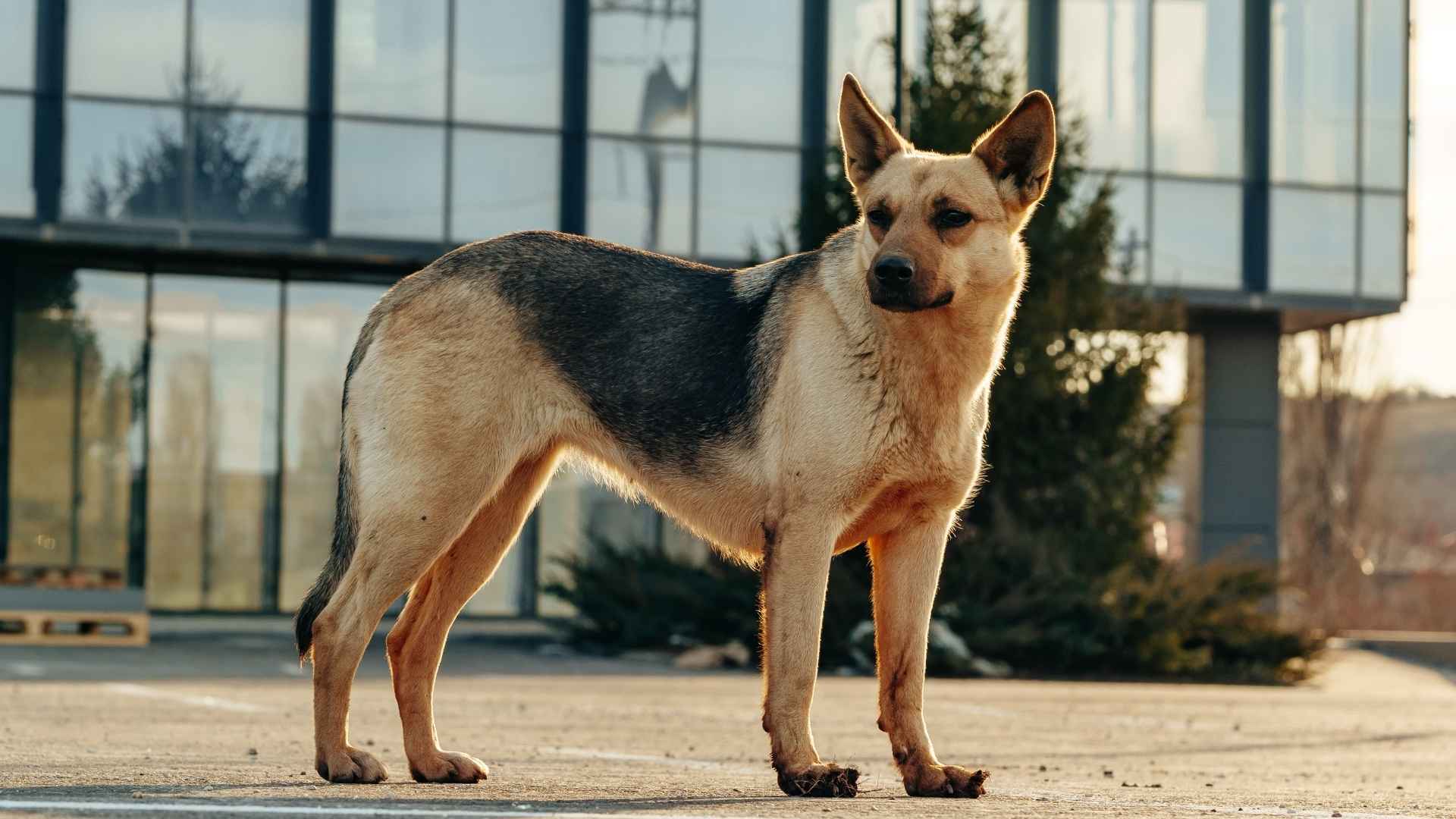Not every dog is fit for a research lab, and choosing the wrong one can cause more harm than good. Loud, impulsive breeds create stress. Small, distracted dogs offer no real protection.
But certain breeds strike the balance between vigilance and restraint, offering physical power and emotional control in one dependable package. Research labs aren’t battlefields—they’re structured environments that require calm, confident defense.
The dogs that work best here don’t react to everything—they assess, wait, and act only when it matters. These aren’t family pets moonlighting as protectors. These are working breeds with sharp instincts, focused attention, and deep loyalty to their environment.
In this article, we’ll outline seven dog breeds that consistently meet the physical, behavioral, and emotional demands of life in a lab setting. Let’s start!
Best Dog Breeds for Research Labs
1. German Shepherd
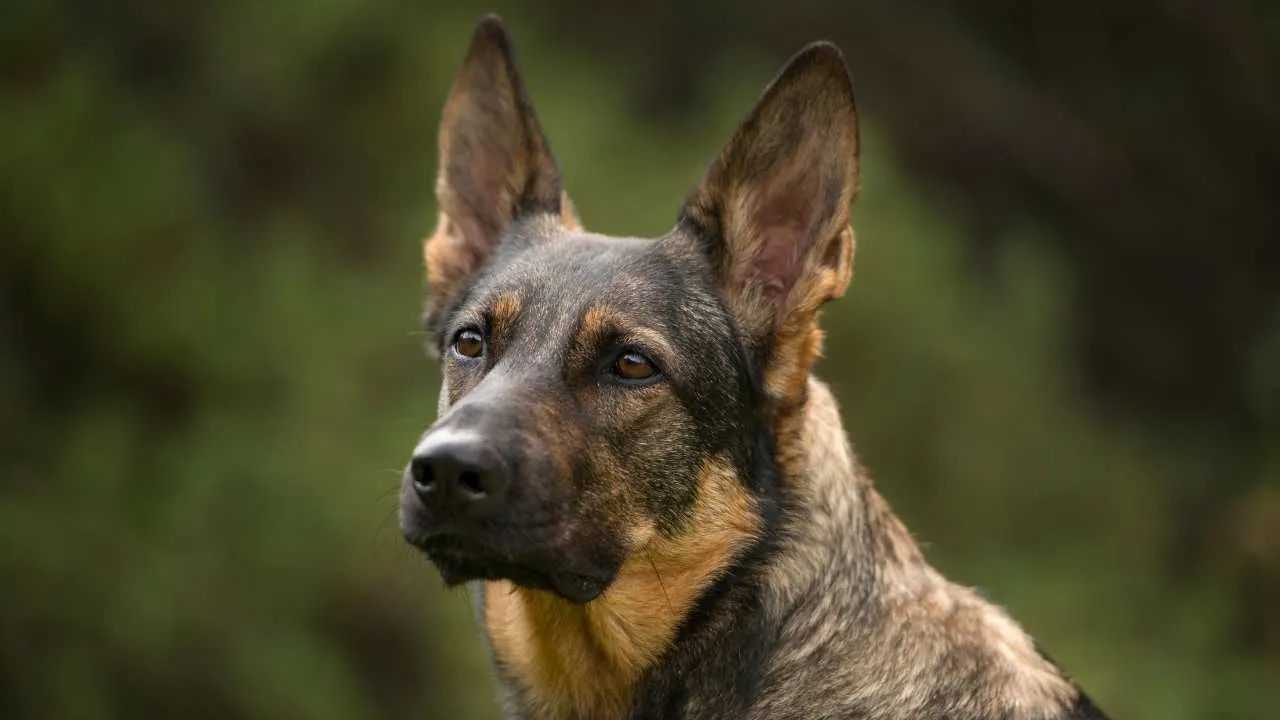
German Shepherds have long been deployed where obedience and focus are critical to safety. Their command retention is exceptional, even with layered instructions or shifting handlers. This reliability supports consistent routines within secure research zones.
Adapts to Regulated Indoor Environments
They perform well in indoor or semi-enclosed areas where movement is structured and access is tiered. Their sensitivity to auditory and scent cues makes them responsive without being disruptive. This allows smooth integration into research facilities with minimal distraction.
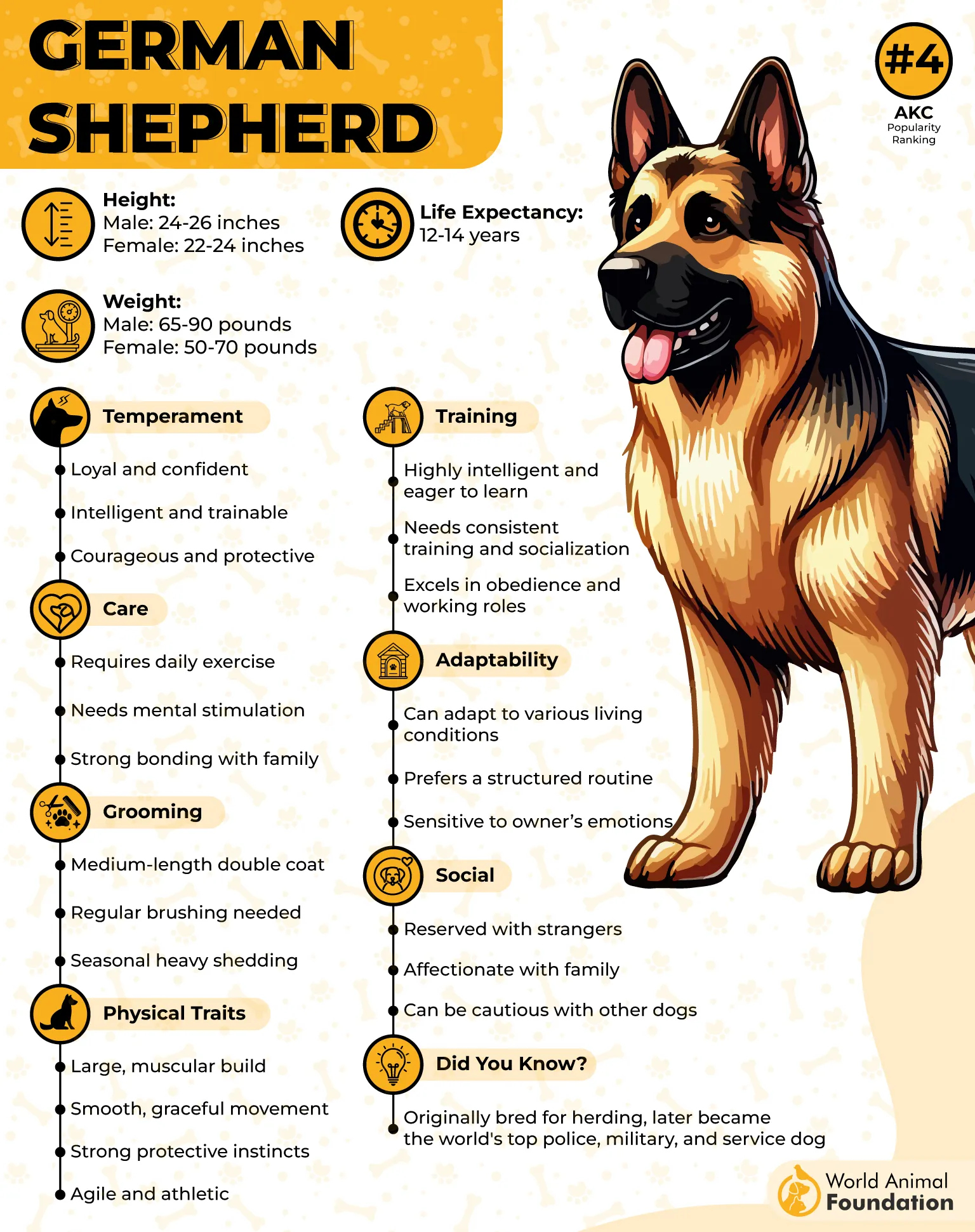
Calm Under Repeated Exposure
Their behavior remains stable around routine lab activity, including equipment movement and uniformed staff. Sudden sounds or unfamiliar objects rarely trigger unnecessary alarm. This steadiness is a practical asset in places requiring alertness without agitation.
Recognized Worldwide for Utility
As one of the most popular dog breeds used by military and service units globally, the German Shepherd’s role in working environments is unmatched. Their blend of intelligence, presence, and control has made them a long-standing choice for operational guarding.
2. Rottweiler
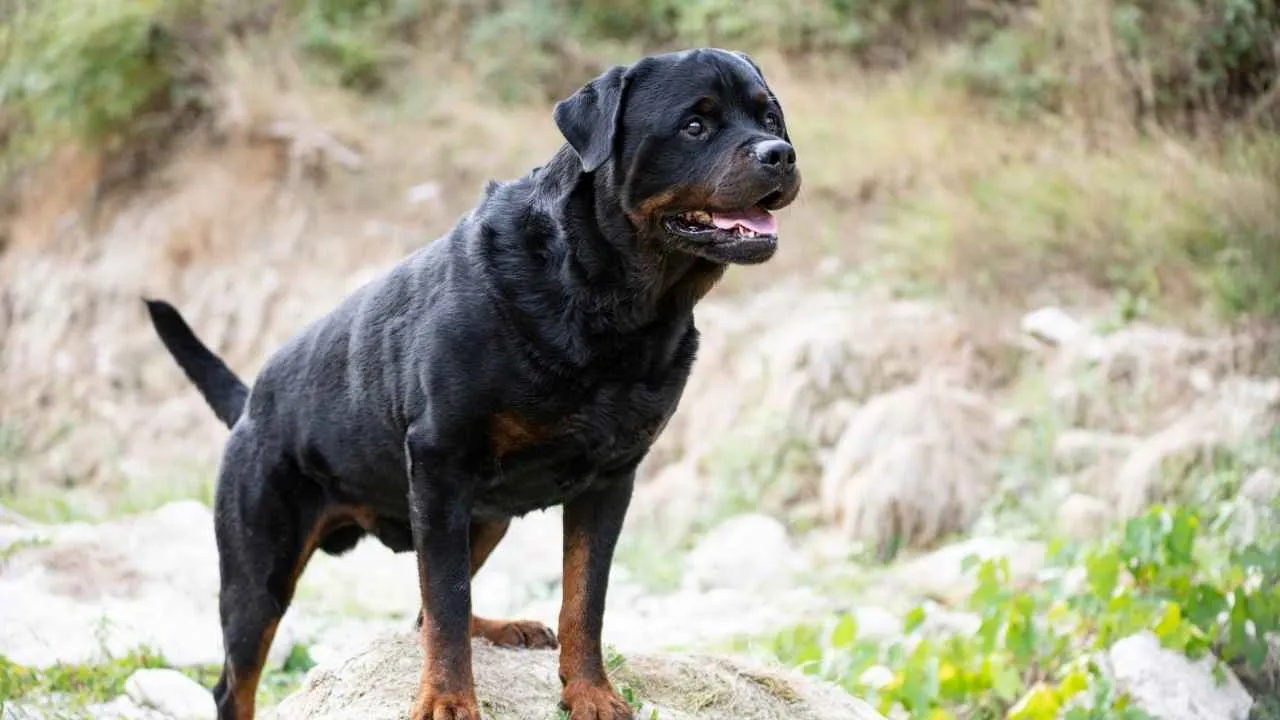
Rottweilers are known for their composure in controlled environments where consistency is vital. They don’t react impulsively to unfamiliar noise, movement, or uniformed staff. That steadiness is useful in structured zones where safety protocols are routine.
Physically Imposing, Mentally Measured
With a dense frame and calm posture, they present strong visual deterrence without creating panic. Their presence discourages intrusion without requiring vocal signals or escalation. This quiet confidence makes them ideal for sterile, quiet sectors of the pharmaceutical and biotechnology industries.
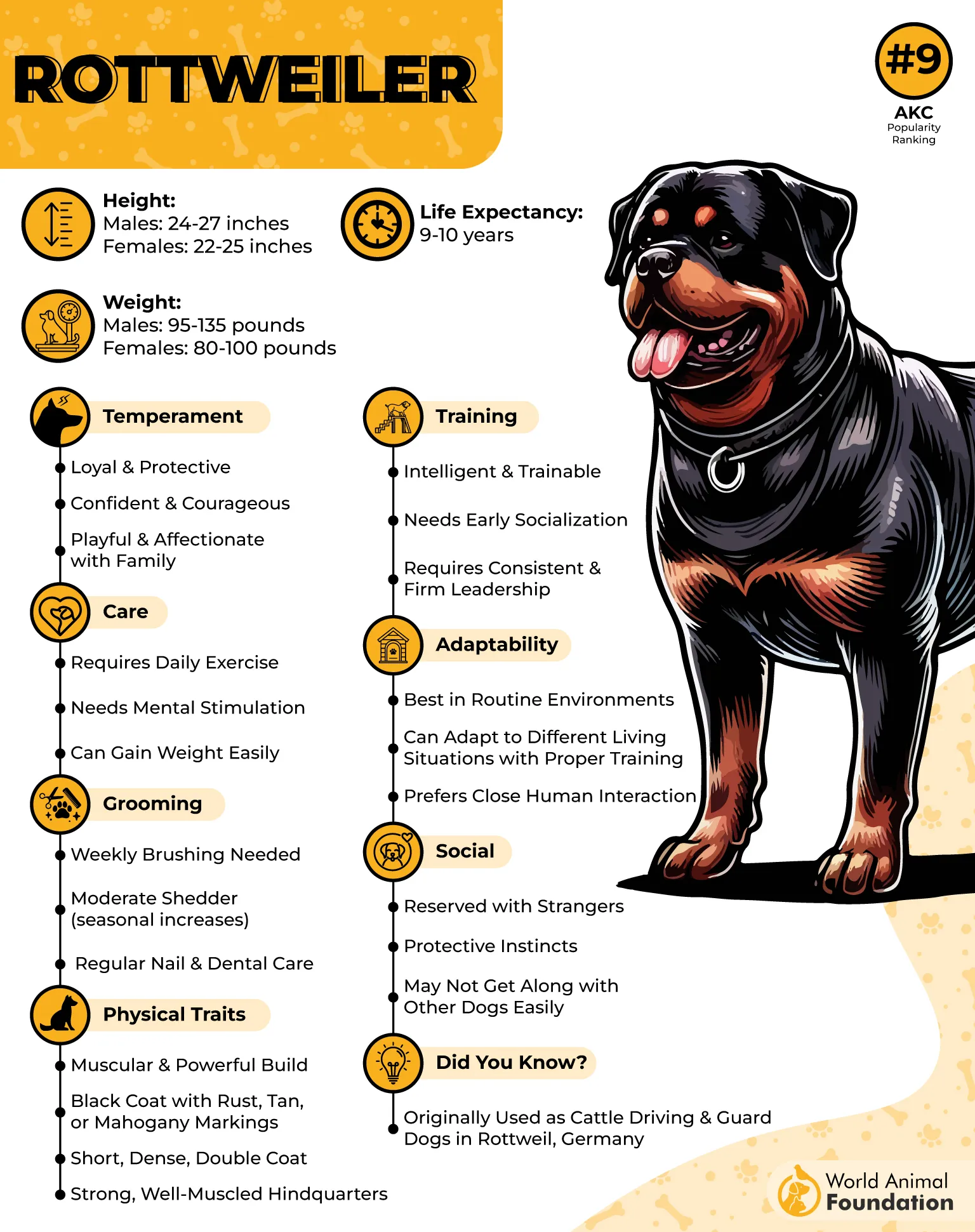
Highly Responsive to Task Clarity
Their working intelligence allows them to grasp role-specific boundaries with consistency. Whether guarding fixed entry points or following patrol rotations, they tend to retain instructions over longer cycles. Among specific breeds trained for duty roles, Rottweilers often outperform in retention and consistency.
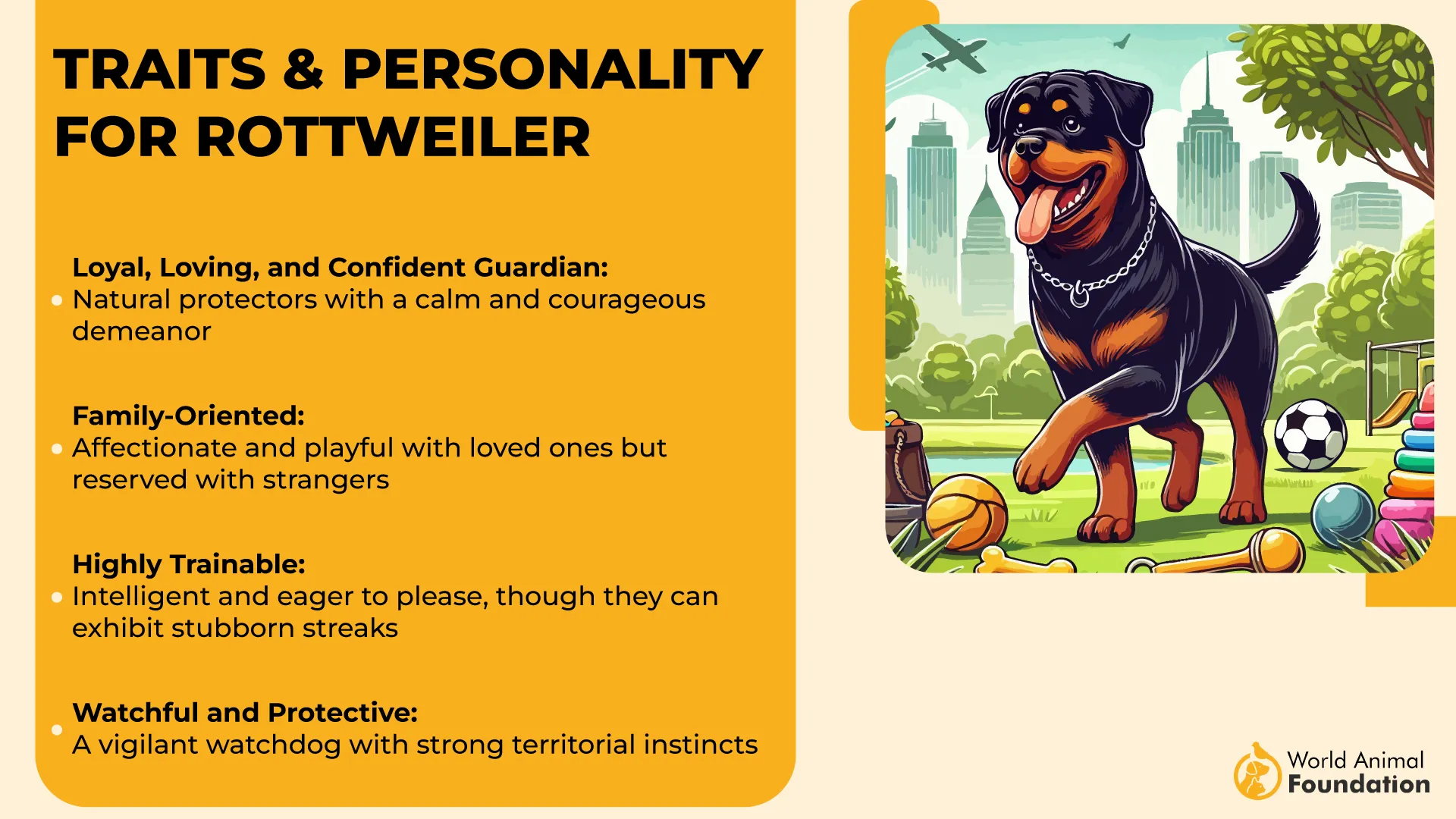
Remarkable Trait Shared by Few
Unlike many other dogs, Rottweilers are capable of assessing threat distance visually — an ability noted in formal training evaluations. This natural sense of spacing allows them to maintain proximity without obstructing lab operations or monitored entryways.
3. Boxer
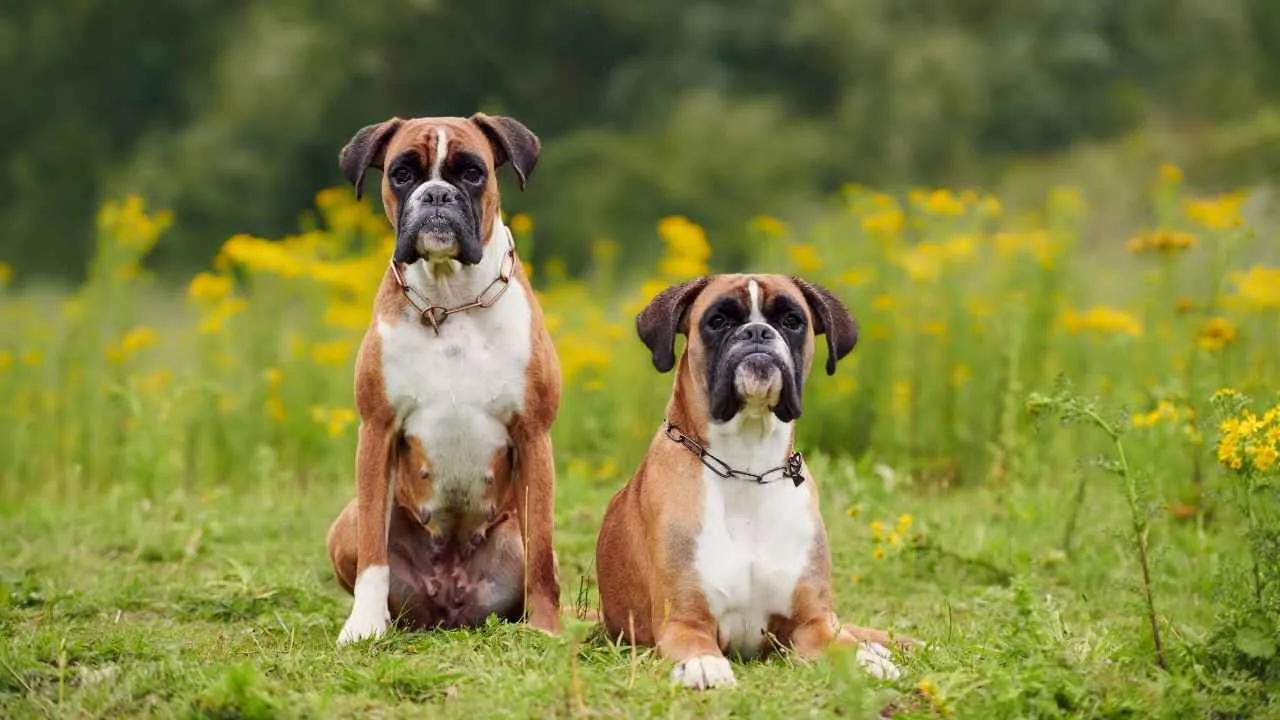
The Boxer’s posture, expression, and movement combine into a natural deterrent without excessive aggression. They respond quickly to movement in peripheral areas and react to boundary shifts with controlled intensity. This alertness is critical in research labs with sensitive access zones.
Predictable Responses to Familiar Routines
Boxers are habit-driven, and once they learn the rhythm of daily operations, they tend to maintain behavioral consistency. This makes them dependable in environments where schedules are tightly structured. Noise sensitivity is lower than in most dogs, minimizing unnecessary disruption.
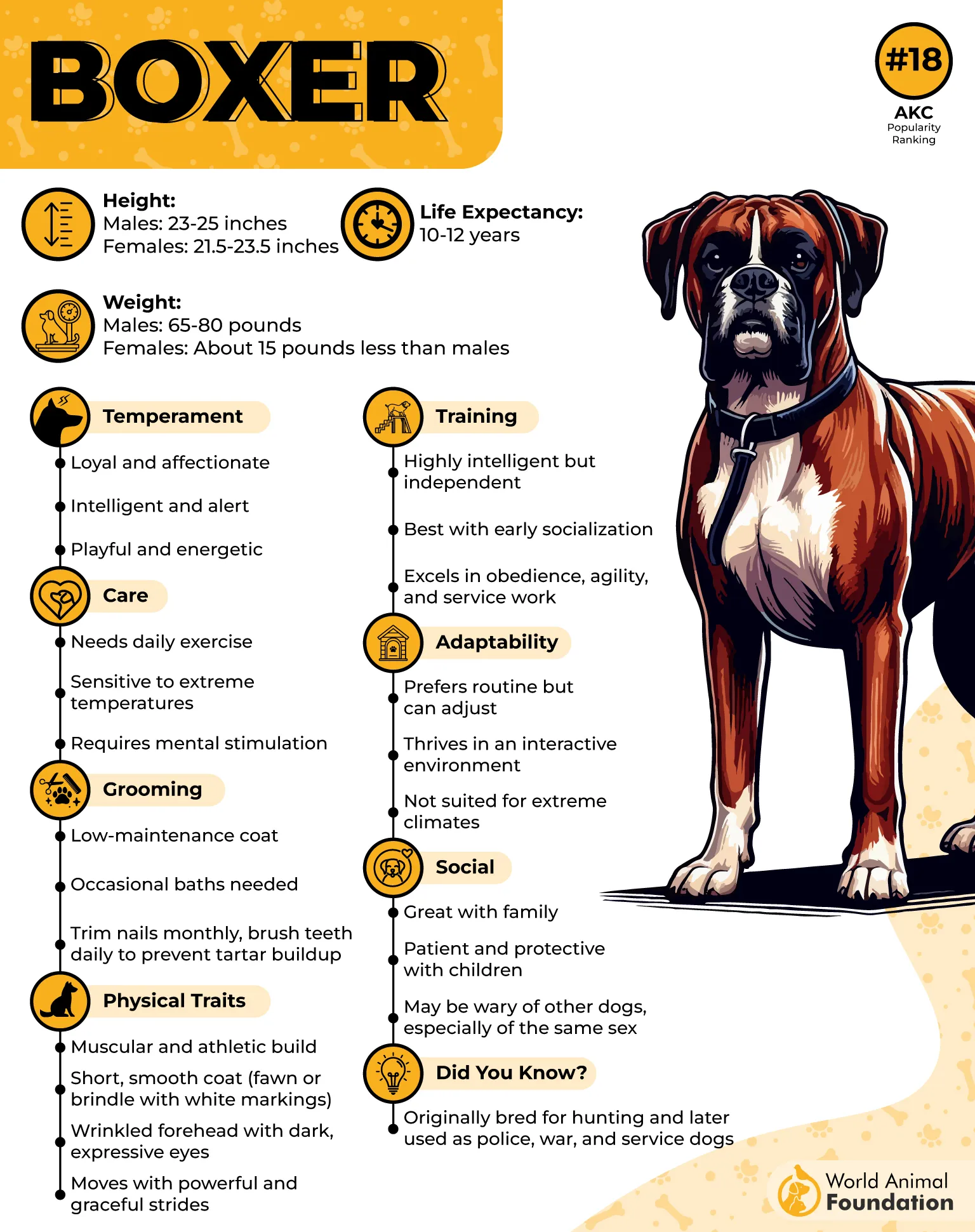
Physically Equipped for Indoor Supervision
With a muscular yet compact build, Boxers are agile in tight indoor corridors and entry points. As PetMD mentioned, their low grooming needs and minimal shedding also support hygienic standards around laboratory animals, reducing contamination concerns.

Known for Their Expressive Communication
One distinct and accurate trait of the Boxer is their use of expressive body language, particularly the tendency to “punch” with their front paws while engaging. This isn’t random play but a reflection of how Boxers naturally interact and communicate within structured surroundings.
4. Doberman Pinscher
Dobermans are known for their sharp, decisive response when guarding enclosed or semi-private areas. Their awareness doesn’t rely on barking but on calculated positioning and silent presence. This makes them reliable for locations with strict sound control, like research wings.
Intelligent Pattern Recognition
They have a natural tendency to memorize daily routines and movement patterns. When something deviates from the expected flow, Dobermans react with targeted alertness. This kind of mental mapping works well in labs with controlled access and set activity rhythms.
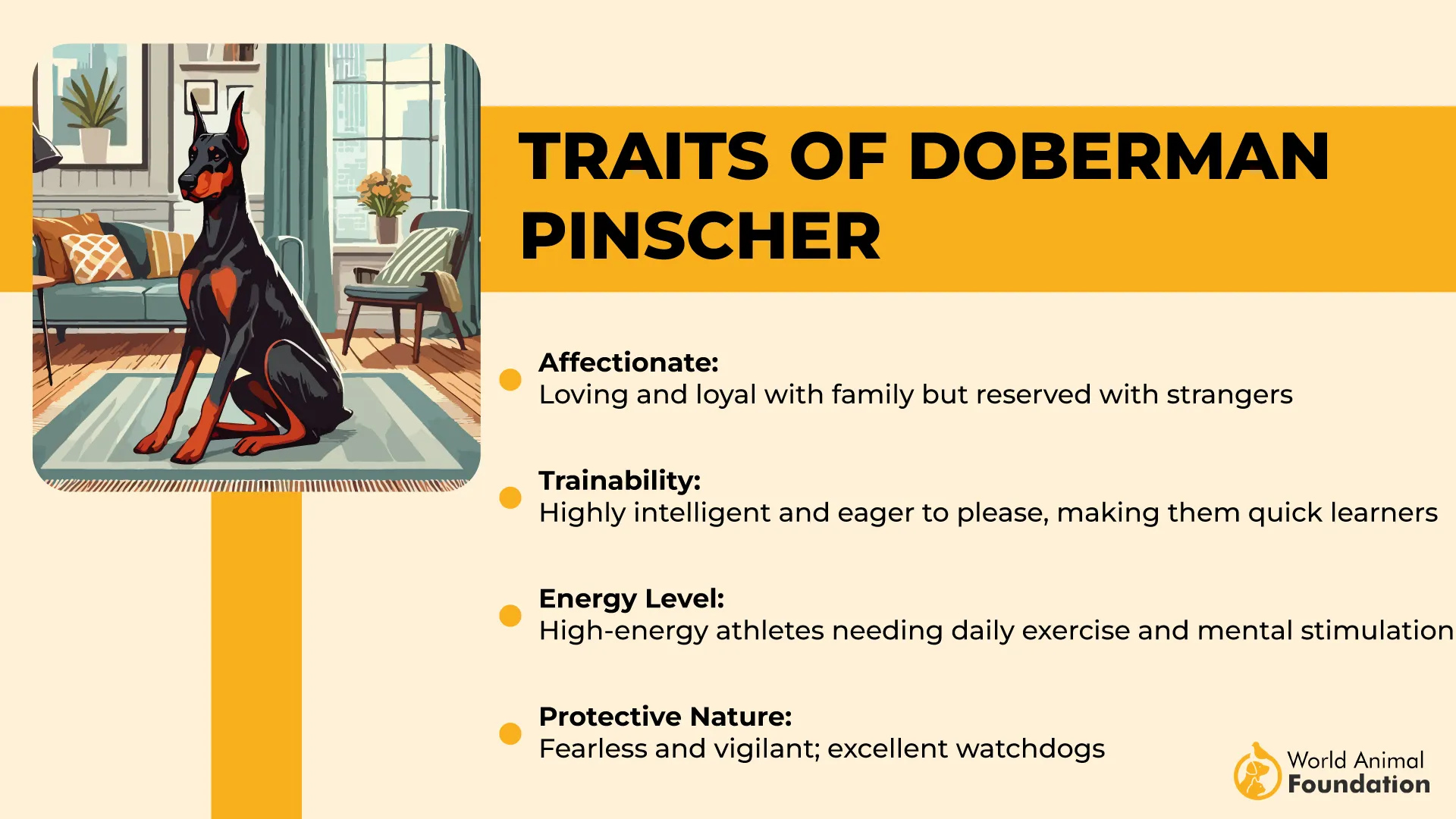
Agile Frame With a Strong Presence
Despite being part of the large breeds category, Dobermans move with fluidity and require little space to navigate tight environments. Their sleek build and fast reaction time suit them for hallway monitoring and entry checkpoints within secure buildings.
Used in Structured Guarding Roles Globally
Known to be among the most trainable dogs, Dobermans have been used in pharmaceutical and tech labs where human interaction is limited and movement is strictly logged. Their ability to maintain boundaries without constant handling adds significant value.
5. Bullmastiff
The Bullmastiff’s powerful, compact frame allows it to guard enclosed areas without excessive movement. Its natural presence is often enough to deter intruders without loud vocalization. This is especially useful in spaces sensitive to vibrations or medical devices.
Naturally Low Reactivity Indoors
They have a calm, composed nature that doesn’t escalate without reason — an asset in controlled environments. Their low prey drive reduces distractions from lab staff activity or background noise. These traits help maintain order in diagnostic laboratories and secure halls.
Easy to Manage in Static Duty Settings
The Bullmastiff doesn’t demand high physical activity, allowing it to remain near entrances or checkpoints for long periods. Its strong territorial sense keeps it alert even during passive guarding. Handlers report high compliance with simple, repeated commands.
Known for Quiet Watchfulness
Among other breeds used in protective roles, Bullmastiffs are recognized for their silent guarding style. They were bred to hold intruders in place without barking — a behavior that still defines their presence today in silent security tasks.
6. Cane Corso
The Cane Corso carries dense muscle mass and alert posture, making its presence immediately noticeable. Weighing between 90–110 pounds, their body weight alone is often enough to deter unauthorized movement. Yet, they hold this strength with a composed and silent demeanor.
Natural Boundary Awareness
Without needing constant commands, the Cane Corso maintains a close awareness of spatial boundaries. This works well in research spaces where access points must remain tightly observed. Their eyes remain fixed on movement, even during passive shifts in activity.
Responsive Without Overreacting
They remain calm in the face of frequent lab activity, such as loud carts or sterilization equipment. Their reactions are thoughtful rather than reactive, a key trait when supervising high-value or sensitive zones. This reliability grows stronger as older dogs mature into routine roles.
Recognized in Professional Guard Circles
Cane Corsos are widely acknowledged across security teams in both private labs and national institutes. Though not always listed among the most popular breeds, their reputation among trained handlers is built on trust, patience, and authority without unpredictability.
7. Belgian Malinois
The Belgian Malinois is known for its ability to stay alert for long periods without losing concentration. In controlled environments like labs, mental stamina supports perimeter monitoring without overreacting to routine movement. They quickly recognize repeat patterns and distinguish new intrusions.
Highly Disciplined Physical Response
This breed’s lean build and athletic control let it respond rapidly while staying contained in small spaces. It’s one of the few breeds whose bite strength, mobility, and restraint can be shaped through training without reducing reliability. That balance is critical in access-sensitive setups.
Naturally Sharp Temperament
They’re bred for structure and thrive on detailed engagement, which stabilizes their temperament in complex environments. Sudden lab sounds, gloved personnel, or shifting activity don’t escalate their behavior. They react thoughtfully, not impulsively, even in repetitive shifts.
Widely Trusted in High-Risk Operations
According to the AKC, Belgian Malinois were used during the Navy SEAL mission that located Osama bin Laden — a role earned through tested performance, not publicity. With consistent health, efficient food conversion, and a low tolerance for idleness, they remain unmatched for precision guarding roles.
Conclusion
Research labs demand order, awareness, and absolute reliability—and the dogs trusted in these spaces are selected for just that. Their role isn’t decorative. It’s earned. These laboratory dogs are proven in environments where biomedical research and animal testing require protection without disruption.
Whether overseeing controlled entries or assisting quietly with animal research zones, their value lies in calm consistency. Many of these breeds, including former herding dogs, adapt their instincts to high-structure settings.
As recognized purebred dogs, their temperament isn’t guessed—it’s known. When safety, behavior, and silence must align, these seven breeds bring exactly what research environments need: smart security without distraction.


